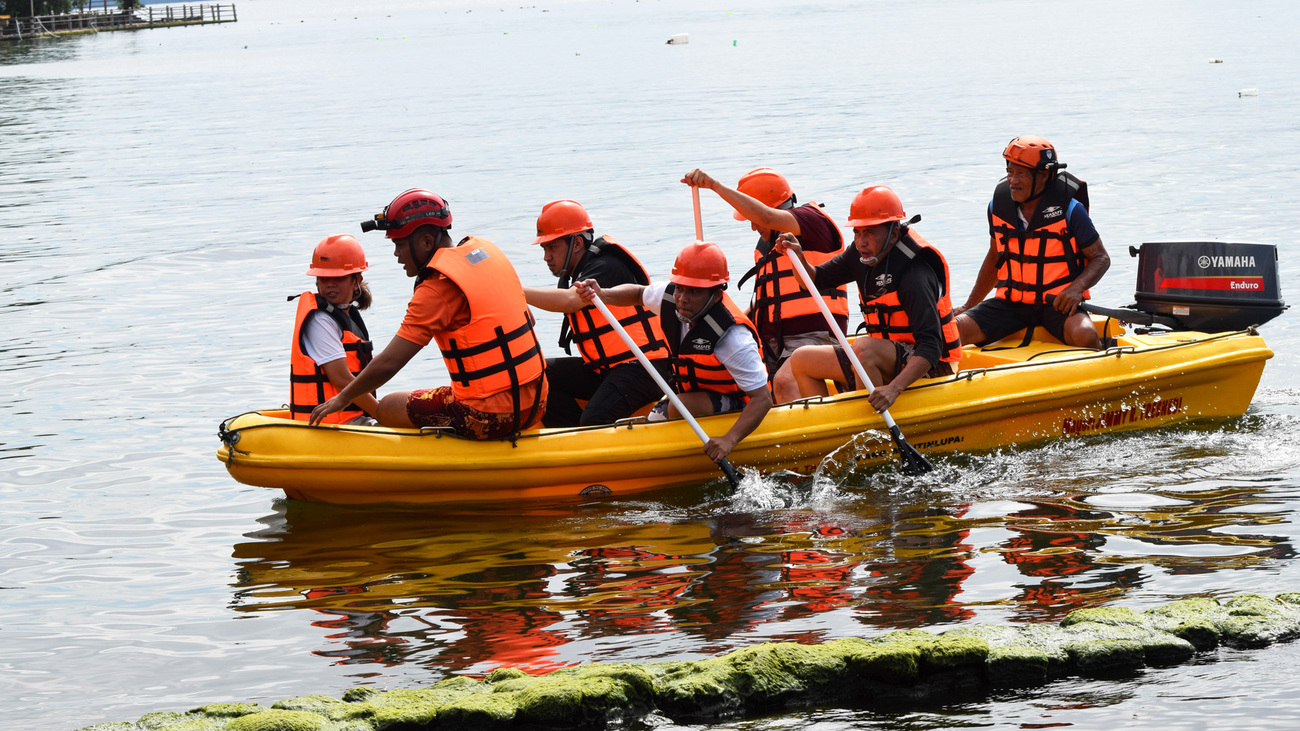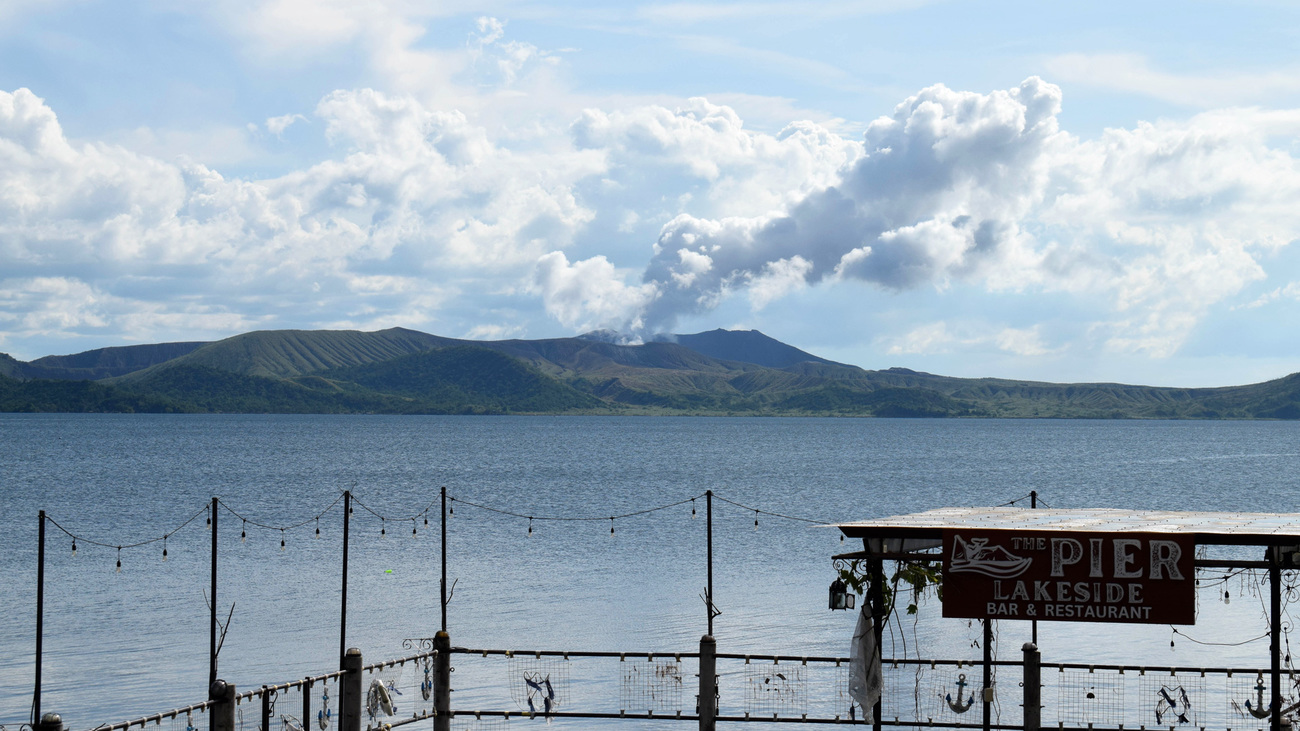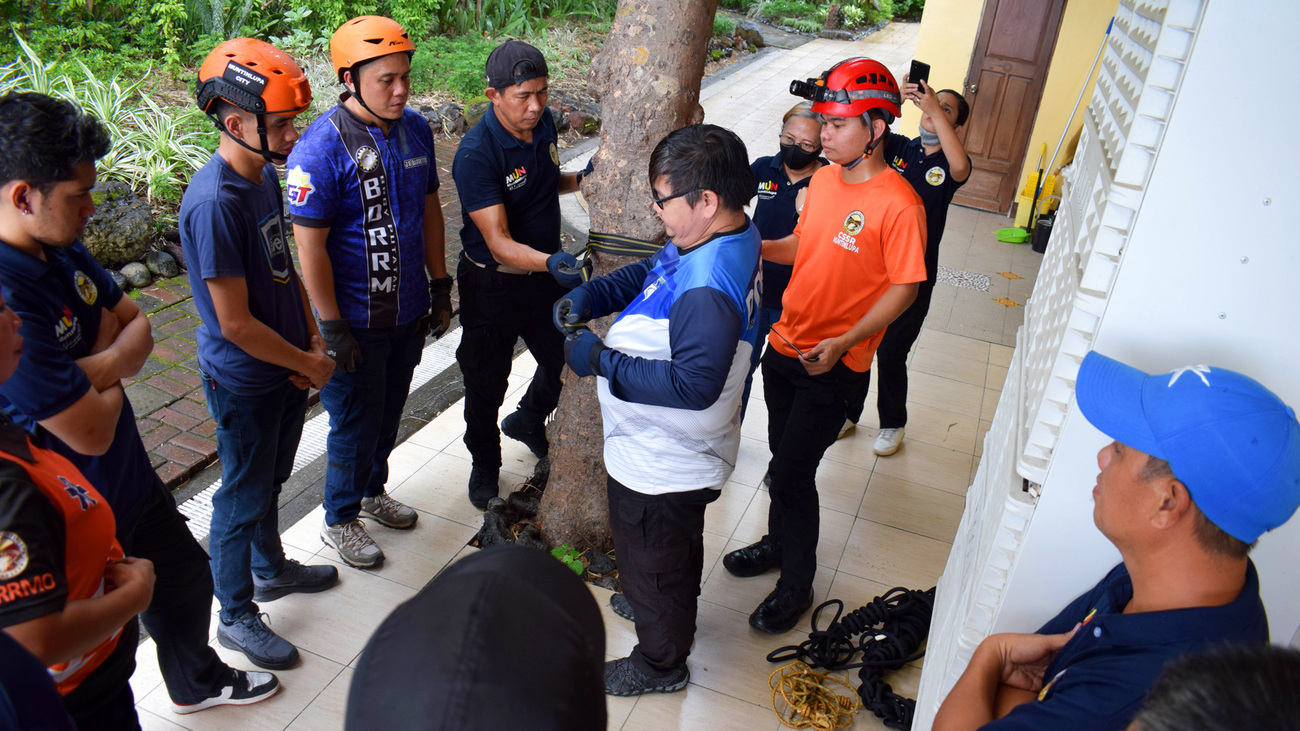IFAW's Academy of Rescue and Conservation trains first responders in the Philippines
IFAW's Academy of Rescue and Conservation trains first responders in the Philippines
By Dr. Norm Rosene, Technical Rescue Instructor and Responder
When disasters strike around the world, deploying trained animal disaster responders is the best way to directly help animals in need. Increasing animal disaster responder numbers and building disaster response capacity have been IFAW’s goals for many years.

As a technical rescue instructor for IFAW and its Academy of Rescue and Conservation (ARC), I have been fortunate to help train hundreds of disaster responders over the last 12 years. Bringing technical animal rescue skills to these dedicated individuals and tailoring the trainings to their own unique situations and abilities helps them act safely and efficiently when rescuing and sheltering animals during disasters.
Encouraging preparedness
Earlier this month, I was fortunate to travel to Lake Taal in the Philippines to help with a two-day training developed by IFAW’s Southeast Asia Relief Network Coordinator, May Felix-Razon. The Animals in Disasters training was requested by the City of Muntinlupa, and participants included members of eight separate professional first responder teams, one volunteer responder team, the City Veterinarian, and key personnel from the Department of Disaster Resilience Management (DDRM).
IFAW’s ARC played an important role in this hybrid-style training. Online educational materials were provided prior to the class that covered important topics such as disaster assessment, the disaster cycle, incident command structure, and technical rescue. Those same subjects were covered during in-person lectures, with breakout sessions and tabletop scenarios that allowed the participants to engage with each other and the instructors.
The people of the Philippines are no strangers to disasters—massive typhoons, flooding, earthquakes, tsunamis, and volcanic eruptions have all recently struck the area. During the lecture sessions, many team members from Muntinlupa shared their experiences. Talisay, an area just above Lake Taal, suffered a major mudslide in October following torrential rains. And the active volcano located on the large island in the middle of Lake Taal erupted in 2020, taking 39 lives and decimating local wildlife.

Learning necessary rescue skills
My favourite part of every training is working in the field with responders. I teach them how to use boats and ropes to access and evacuate animals during natural disasters. Setting up safe rope systems to access trees, move heavy loads, and cross rivers and streams are important skills for these first responders to learn.
Using pulleys and ropes, we demonstrated to the trainees how to set up a system to move heavier animals that are injured or in distress. They quickly saw the benefits of using rescue ropes and specialised hardware, as it allows them to multiply forces and easily move large animals such as cows and horses. The first responders in the class set up technical rope climbing systems to practice safely ascending into trees. Everyone in the class had the opportunity to rope ascend, incorporating this important skill into their arsenals.

Another critical skill in rope rescue is the ability to create anchors using available trees or rocks. Fortunately, we had plenty of anchor opportunities and were able to teach the basics of good rope anchorage, providing the trainees with ample practice.
In major flooding events, it is important for disaster responders to be able to work safely in and around water. Muntinlupa provided two rescue boats, and we taught and reviewed boat and water awareness skills. Trainees were able to go out onto the lake in the rescue boats and practice both paddling and operation of outboard motors.
The use of ‘throw bags’ for water rescue is a standard for first responders all over the world. Throw bags are small bags with handles that are filled with floating rope. They can be tossed to victims in the water to be able to pull them in. Instructors introduced throw bag skills, and the trainees practiced the process of rescuing someone from the water.
While the training emphasised accessing and evacuating animals using rope and water rescue skills, we also practiced rescuing humans in the water. Panicked swimmers will often attack their rescuers. We used the swimming pool at the training facility to practice rescuing distressed swimmers, which requires special combat swimming techniques. First responders also practiced a tethered rescuer drill.

Following completion of both the lecture and practical portions of the training, trainees received certificates acknowledging their participation. Most importantly, after two hard days of training, they all left Lake Taal with a better understanding of and ability to perform the skills necessary to help animals in disasters. They know how to work safely and efficiently to help the maximum number of animals possible in a cohesive disaster response. I am proud to have helped these dedicated individuals increase their technical rescue skills and know that they will be well-prepared to save animals when another disaster strikes.
Related content
Every problem has a solution, every solution needs support.
The problems we face are urgent, complicated, and resistant to change. Real solutions demand creativity, hard work, and involvement from people like you.